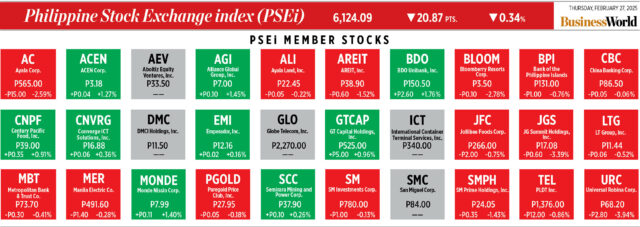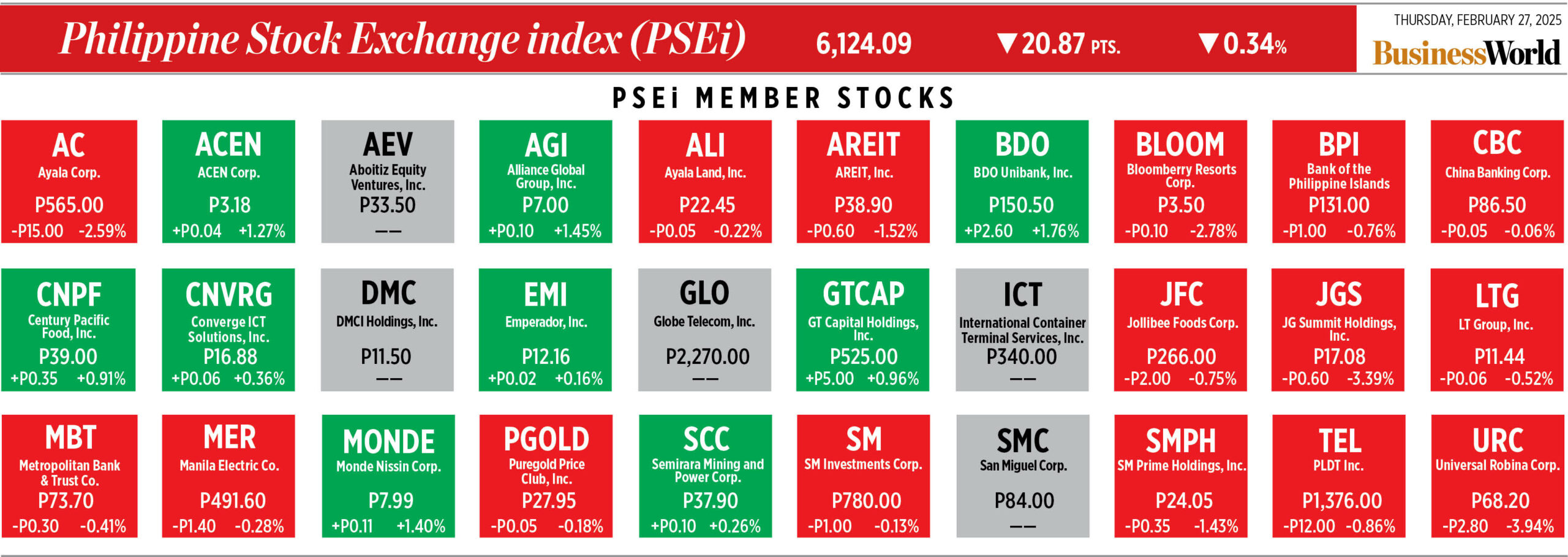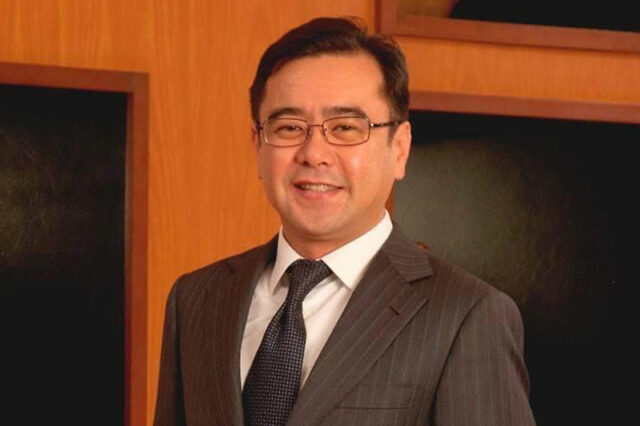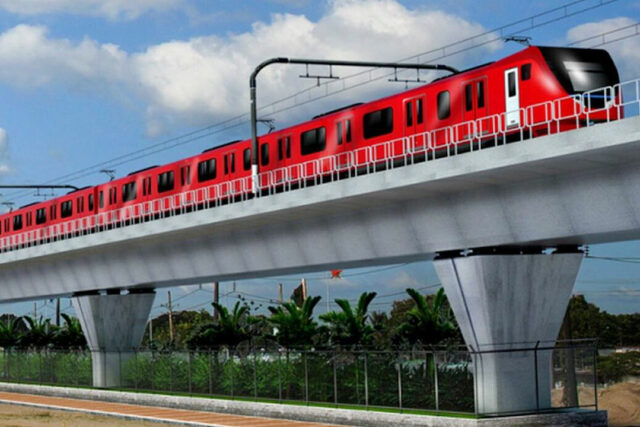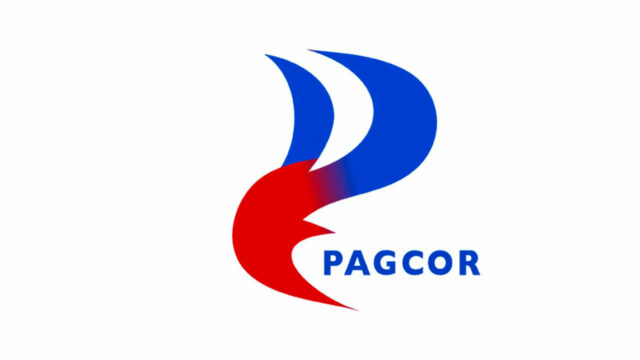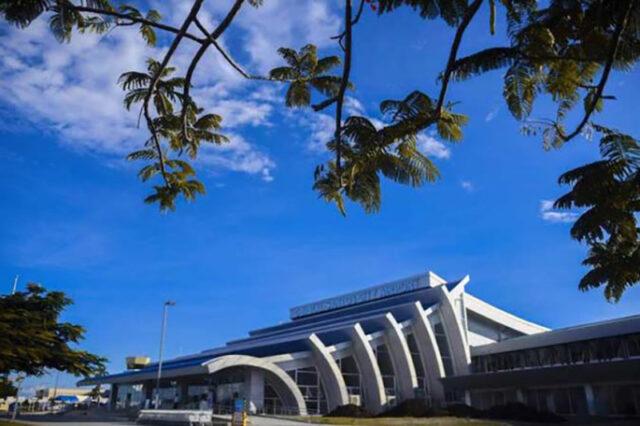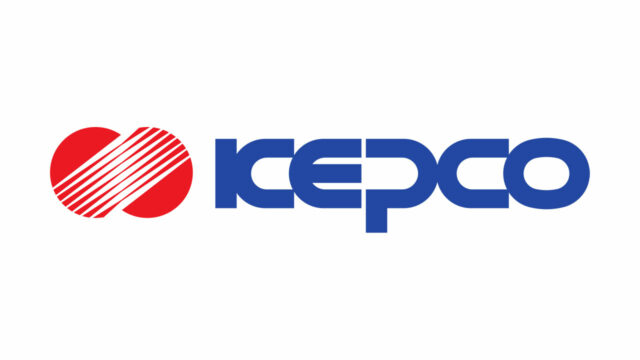A Minute With: Mickey 17 director and cast on blending film genres
LONDON — South Korean director Bong Joon Ho, whose film Parasite made history at the 2020 Oscars with four wins, says blending genres is the only way he knows how to make movies and he was once even described as being a genre unto himself.
In his latest film Mickey 17, his first since Parasite, he weaves science fiction with comedy to tell the story of Mickey Barnes, a former pastry chef who finds himself in the unusual predicament of having to die for a living.
Based on the novel by Edward Ashton, it stars Robert Pattinson as a so-called “expendable” on a mission to colonize a planet for which he is required to die and come back to life, each time as a new version of himself.
Reuters spoke to Mr. Bong as well as cast members Naomi Ackie, Toni Collette, and Steven Yeun about the movie.
Below are excerpts edited for length and clarity. Mr. Bong spoke via translator.
Q: Why do you choose to mix genres within films?
Bong: Throughout my career, from the very beginning, I never thought I was blending different genres… I haven’t known any other way to make movies. Actually, in 2019, at the Cannes Film Festival when Parasite was first shown there, one journalist… said: “We don’t need to define the genre of Parasite. This is just Bong Joon Ho’s genre.” I was very happy when I heard that.
Q: What do you think blending genres brings to Mickey 17?
Collette: It’s just like life, life is not one genre, life is everything, so why aren’t our stories everything?
Ackie: It grounds the sci-fi. You know there’s a thing, if I’m watching a horror then I’m like, okay here come the scaries, or if it’s a romance I’m like, when are they going to kiss? This mixes it up in a way where it adds onto that thing of not knowing what’s coming next.
Q: What makes this story pertinent today?
Bong: I think Mickey’s character will resonate with a lot of young people. Everyone wants to feel they’re important, irreplaceable, and find their own identity and presence, but real society doesn’t treat them that way… If you quit your job, you can easily be replaced by someone else. If you die, you can also be replaced by another worker, which makes you feel quite terrified and sad and depressed, and through the extreme job Mickey has, I think we get to explore that.
Q: What do you enjoy most about the film?
Yeun: What I really love about the film is that it falls forward in a way that isn’t premeditated. It feels like it’s just spilling forward in this way that keeps driving you.
Mickey 17 opens in Philippine cinemas on March 5. — Reuters


